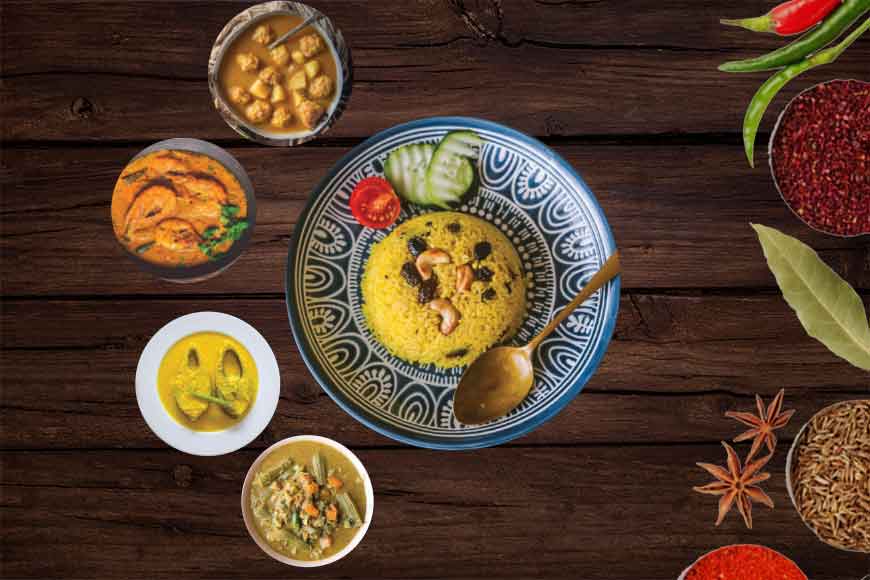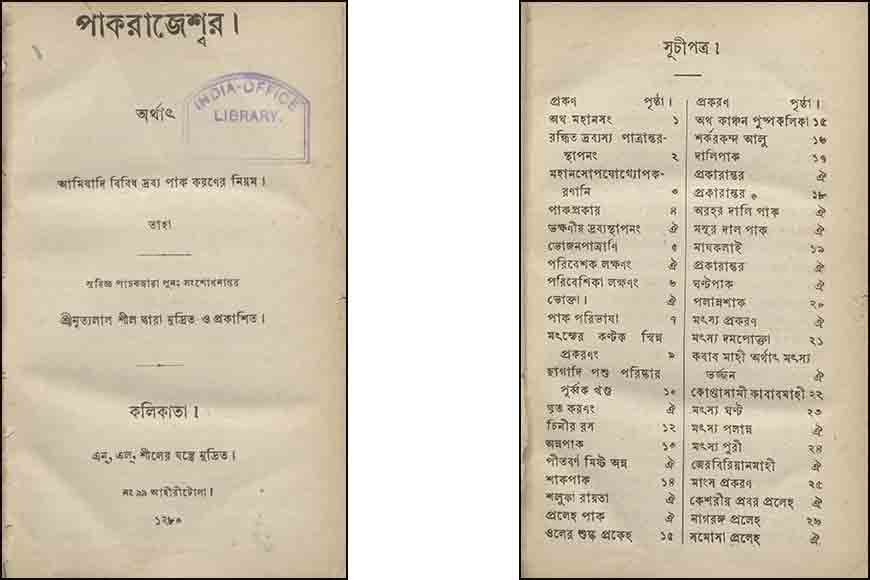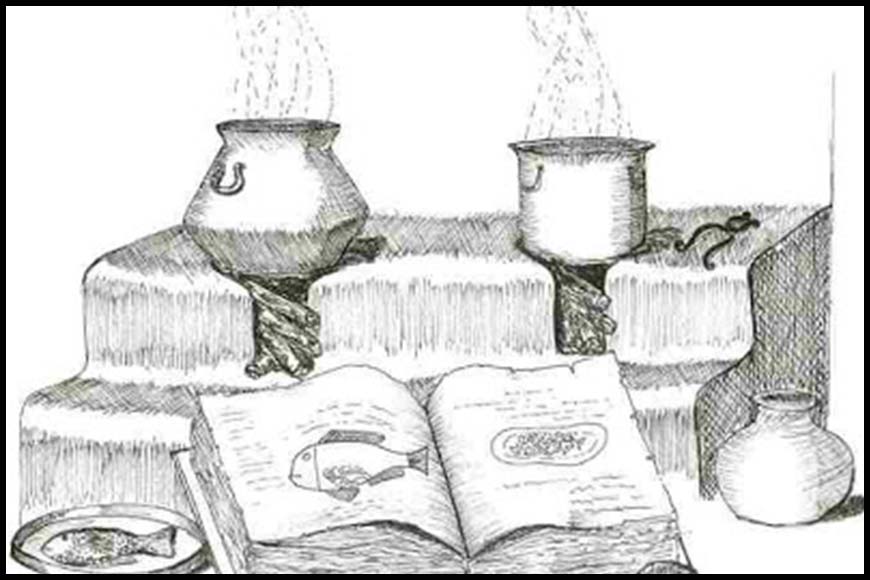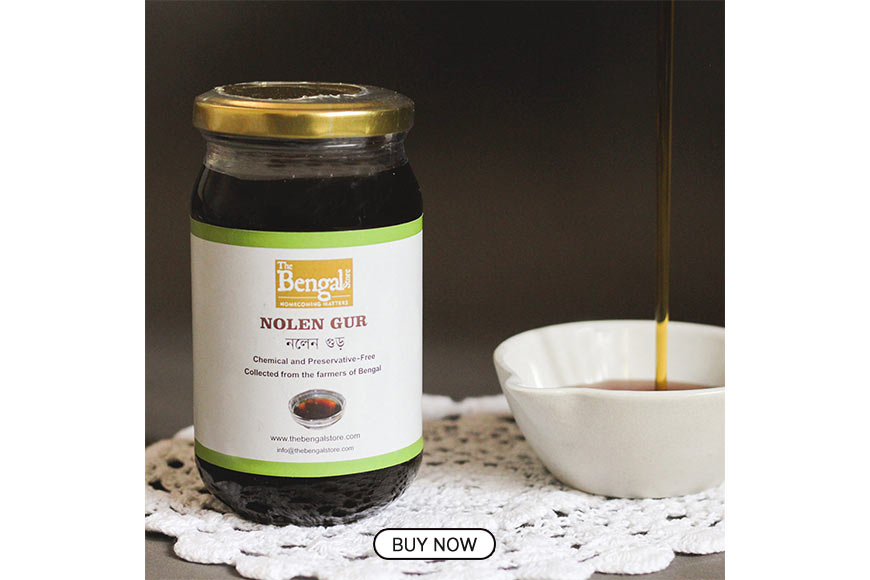Treasure trove of our food heritage

Macche Bhaat e Bangali! Really? Well not always. Atleast the earliest cookbooks of Bengal have a different story to tell. ‘Dalna’, ‘Shukto’, ‘Chochhori’, ‘Paanch Mishali torkari’ are not just names, they are considered to be reflection of Bengal’s culture and delicacies of the region. As we are gradually entering from ‘fast’ to ‘fastest’ life, certain cuisines are gradually becoming extinct, even though Bengalis and their food fetish are practically inseparable.
‘Pakrajeswar,’ published in 1831, known to be the first cookbook in India! It was published under the patronage of Maharaja of Burdwan, Mahatab Chand and also first printed cookbook in vernacular. It dealt mostly with meat recipes but with very little use of onion and garlic.
Early cookbooks of Bengal throw light on such rich culture of food and history. In today’s world when we get everything in a click, there are a number of food blogs and recipes available at every single television channel. But the truth is ‘old is gold’. Early cookbooks are treasure trove of Bengal’s culture. No matter how much we evolve and become modern but there are certain recipes that go without saying cannot be made available with modern touch. Traversing through such cookbooks give us the rare chance to get back those flavours that help you take a walk through our history.
 'Pakrajeswar,'-published-in-1831,-known-to-be-the-first-cookbook-in-India
'Pakrajeswar,'-published-in-1831,-known-to-be-the-first-cookbook-in-India
Take for example, ‘Pakrajeswar,’ published in 1831, known to be the first cookbook in India! It was published under the patronage of Maharaja of Burdwan, Mahatab Chand and also first printed cookbook in vernacular. It dealt mostly with meat recipes but with very little use of onion and garlic. Not much is known about the first edition while the second edition was published with the financial assistance of Mahatab Chand. Stepping out of mutton and fish recipes, the ‘Pakrajeswar’ had interesting recipes on meat ranging from rabbit, tortoise, porcupine and even buffalo meat. The names of the items are quite interesting too, will put any new five-star menu card to shame. ‘Sasak mangsho Proleho’, ‘Kachhap mansho Proleho’ and so on.
Not much documentation is available on food culture in Bengal prior to 12th-century. There are certain literary and religious texts of the middle ages which provide interesting narratives of food, like Mangalkavya. Interestingly, there was a huge social impact of the genre of cookbooks and recipes written by women which were published in several 19th century periodicals.
Like chief chef of Hotel Hindustan International, Indrajit affirms: “Old cookbooks still have relevance as through them we get the authentic touch of fast disappearing recipes. If we take ‘Chitol Muitha’ for example, there are thousands of ways of creating it but only the traditional cookbooks tell you what can give you the best. Pakrajeshwar, the first ever cookbook published in India in1831, gives you an array of both vegetarian and non-vegetarian recipes. There is still so much to learn from it. There is another called ‘Pak Pronali’, even that is an awesome book to recreate old Bengali taste,” he added.
Not much documentation is available on food culture in Bengal prior to 12th-century. There are certain literary and religious texts of the middle ages which provide interesting narratives of food, like Mangalkavya. Interestingly, there was a huge social impact of the genre of cookbooks and recipes written by women which were published in several 19th century periodicals. According to food researcher and historians, these cookbooks do not limit themselves to a mere enumeration of recipes, they defined the ways in which an ideal kitchen should be. “There are many routes to approach the history of a nation or region. Cookbooks is one of them. From being a list of recipes, vernacular cookbooks transformed it into stories of communities and culture. They became narratives that interweave intersection of food, culture and history,” food historian Ranjini Guha added.
Also read : GB leaves through her famous Rannar Boi
Early cookbooks serve as lasting documents of communities, customs and culture, especially the genre of vernacular cookbooks, which started with ‘Pak Rajeswar,’ weaving food and food traditions with story-telling. “Early Cookbooks covered a whole gamut of issues and became a deposit of knowledge regarding hygiene and an improved kitchen. Cookbooks also introduced new foods, cooking techniques and aesthetics of cultural practices. Through them, cooking and eating became deeply entrenched in the culture as well as cultural politics of the Bangali bhadralok,” Guha added.

Closely after, ‘Pakrajeshwar’, ‘Byanjan-Ratnakar’ was published under the patronage of Maharaja of Burdwan in 1858. It had recipes ranging from meat to confectioneries and elaborated about the usage of pistachio, saffron, cardamom, cinnamon, nutmeg and clove in confectioneries. In 1879, another cookbook was published. It was called Pakprabandha and written by an anonymous writer. Bipradas Mukhopadhyay’s ‘Soukhin Khady-Pak’ got published in 1889 in two volumes, and it was later combined with another famous cookbook ‘Pak Pranali’.
Since, recipes do not directly translate to the time or place of their origins, early cookbooks turned into food heritage and national cultural historical documents. And so did Bengal’s famous cookbooks.










